Days after having released the Rural Connectivity GIS data in public domain, Government of India has Detailed Project Reports (DPR) on Rejuvenation status of some of the major Indian rivers now.
Union Minister Bhupender Yadav, Jal Shakti Minister Gajendra Singh Shekhawat and MoS, MoEF&CC, Ashwini Kumar Choubey jointly released the Detailed Project Reports (DPRs) on Rejuvenation of 13 major rivers, which include Himalayan rivers (Jhelum, Chenab, Ravi, Beas, Sutlej, Yamuna, Brahmaputra), Peninsular rivers (Narmada, Godavari, Mahanadi, Krishna, Cauvery) and the Inland drained river ‘Luni’. The projects outlay for 5 years stands at Rs. 19,338 crores. The reports were funded by National Afforestation & Eco-development Board and prepared by the Indian Council of Forestry Research & Education (ICFRE), Dehradun.
Significance of the chosen 13 rivers
The thirteen rivers, details of which have been compiled in these DPRs, are spread over 24 states and 2 UTs. These rivers collectively cover a total basin area of 18,90,110 sq. km that represents 57.45% of the geographical area of the country. The length of 13 rivers including 202 tributaries within the delineated riverscapes is 42,830 km. The largest amount has been sanctioned for the Yamuna (Rs 3,869 crore) and the smallest for Chenab river (Rs 376 crore). There are three major landscapes along the rivers – natural, agricultural and urban – and plans have been created specifically for these different landscapes including specific plans for each river.
Benefits of the move
The DPRs prescribe full plan for the rejuvenation of the rivers and are based on proper studies and treatment strategies. The plan aims to preserve not just the cultural significance attached to these rivers and their tributaries but also mend them for future generations.
Some of the major benefits that the entire programme is expected to bring include:
– Protection of natural resources & ecological restoration
– Saving aquatic life
– Treatment of catchment areas
– Moisture conservation
– Afforestation leading to less pollution
– Promotion of ecotourism by developing river fronts, eco-parks etc.
– Income generation for many and improved livelihood
– Development of a solid River Rejuvenation Plan, paving way for treatment of other polluted rivers
– Generating mass awareness through setting example and public participation
Larger benefits of the proposed interventions include:
– The move is expected to increase the cumulative forest cover of 7,417.36 sq km across 13 riverscapes.
– The value of increase in forest cover among 13 riverscapes is likely to range from 80.85 sq km to 1813.52 sq km.
– Proposed interventions would help in sequestration of huge amounts of CO2.
– Improved ground water recharge to the extent of 1,889.39 million cubic metres per year and good reduction in sedimentation.
– A wide variety of non-timber and other forest produce (of estimated value of Rs 449 crore) is likely to be accrued
– Expected employment generation of nearly 344 million man-days of work.
How can Forestry intervention help in saving rivers?
Activities of development have outrageously impacted rivers and their basins, impacting both the quantity and quality of water. This further affects agricultural productivity, livelihood security, public health and aquatic systems. The most common problems include-
– Reduced water flow in the rivers
– Deforestation in the catchment area
– Fragile ecology
– Bank and soil erosion
– Siltation and shifting cultivation
The rejuvenation task will be taken up though carrying out various afforestation programmes and related activities in the catchment areas of the thirteen identified rivers. Forests help in absorbing rainfall and discharging that water slowly into the river stream. The focus thus will be on growing the green cover along both sides of these rivers and their tributaries to
– Increase ground water recharge
– Reduce erosion
– Recharge aquifers




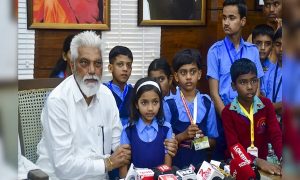

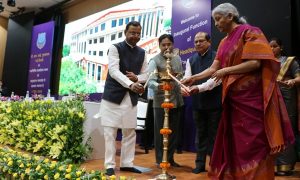

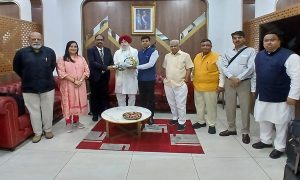

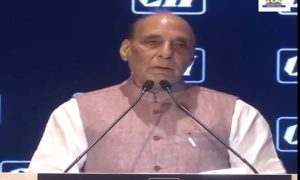





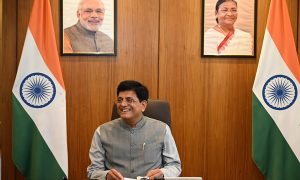



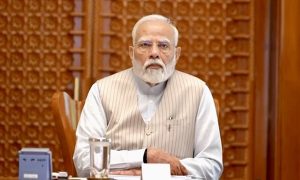

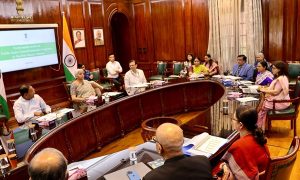

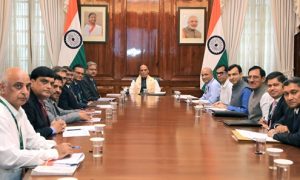



 WhatsApp us
WhatsApp us